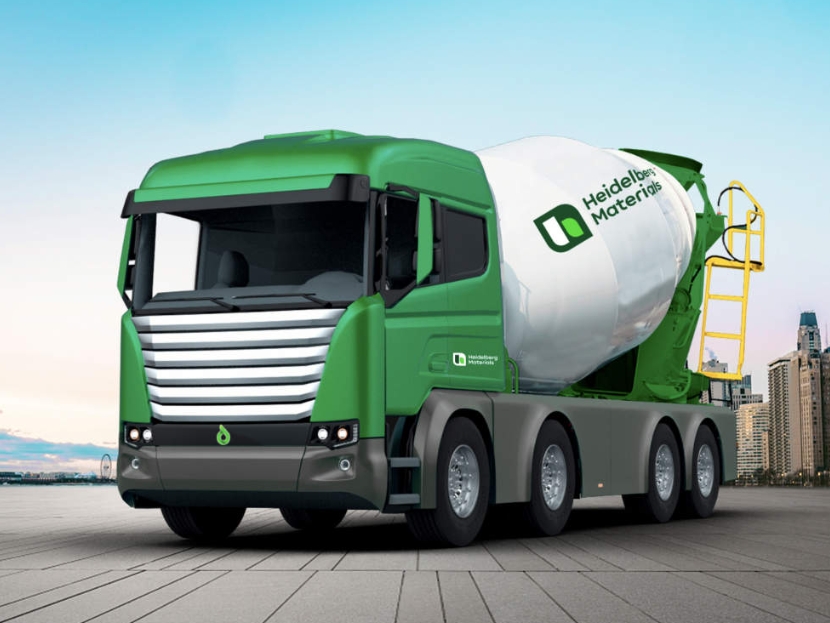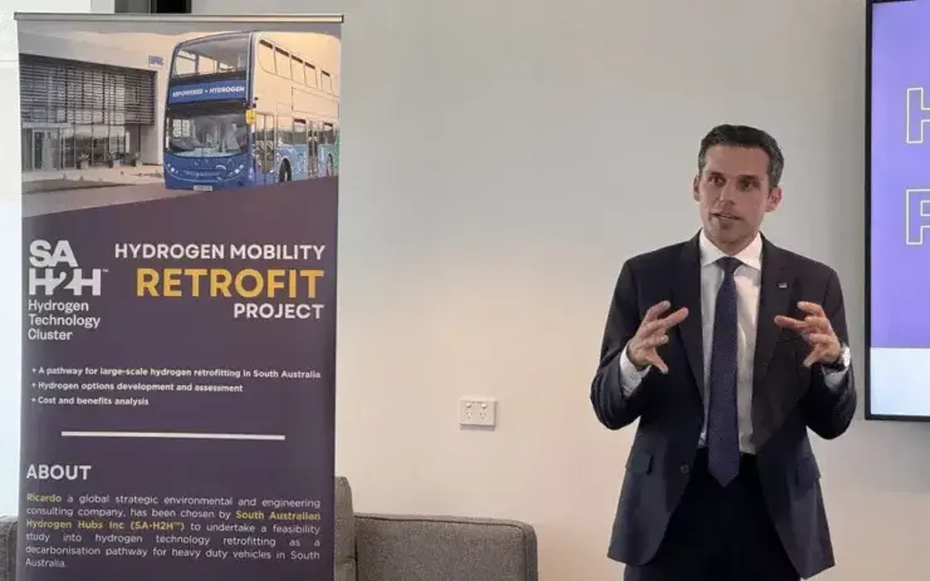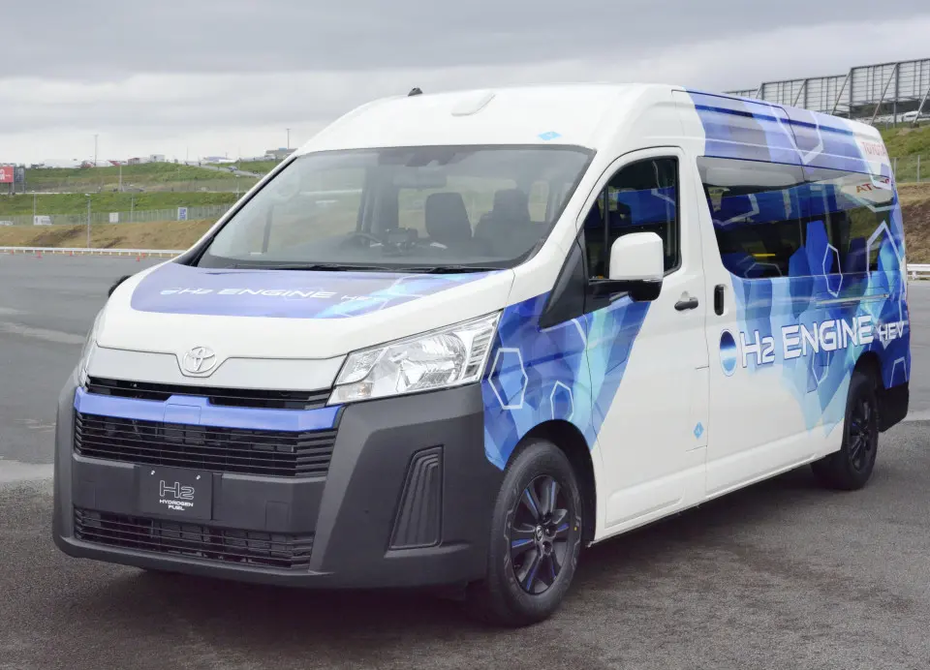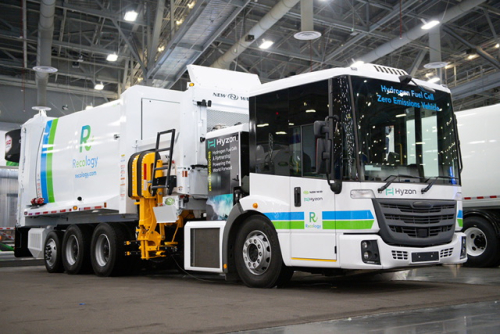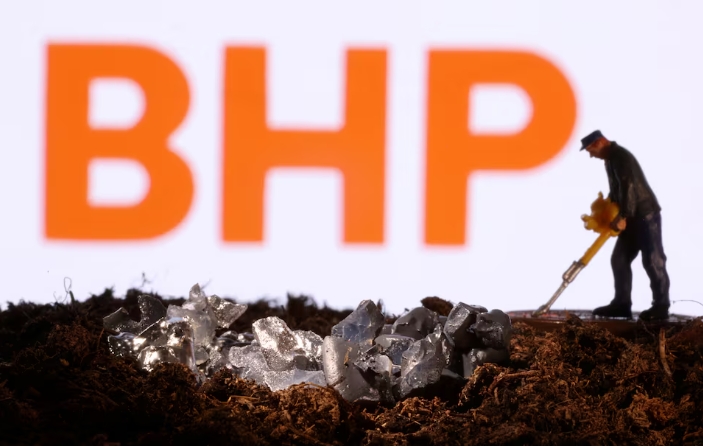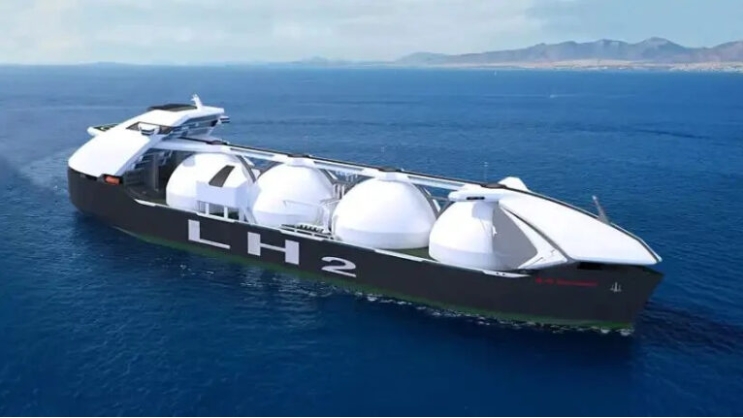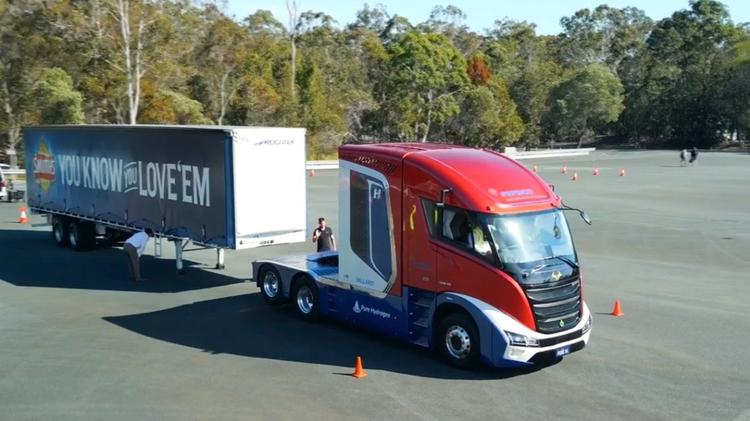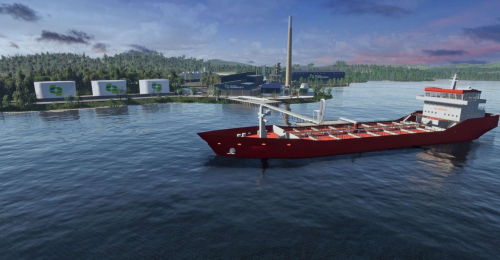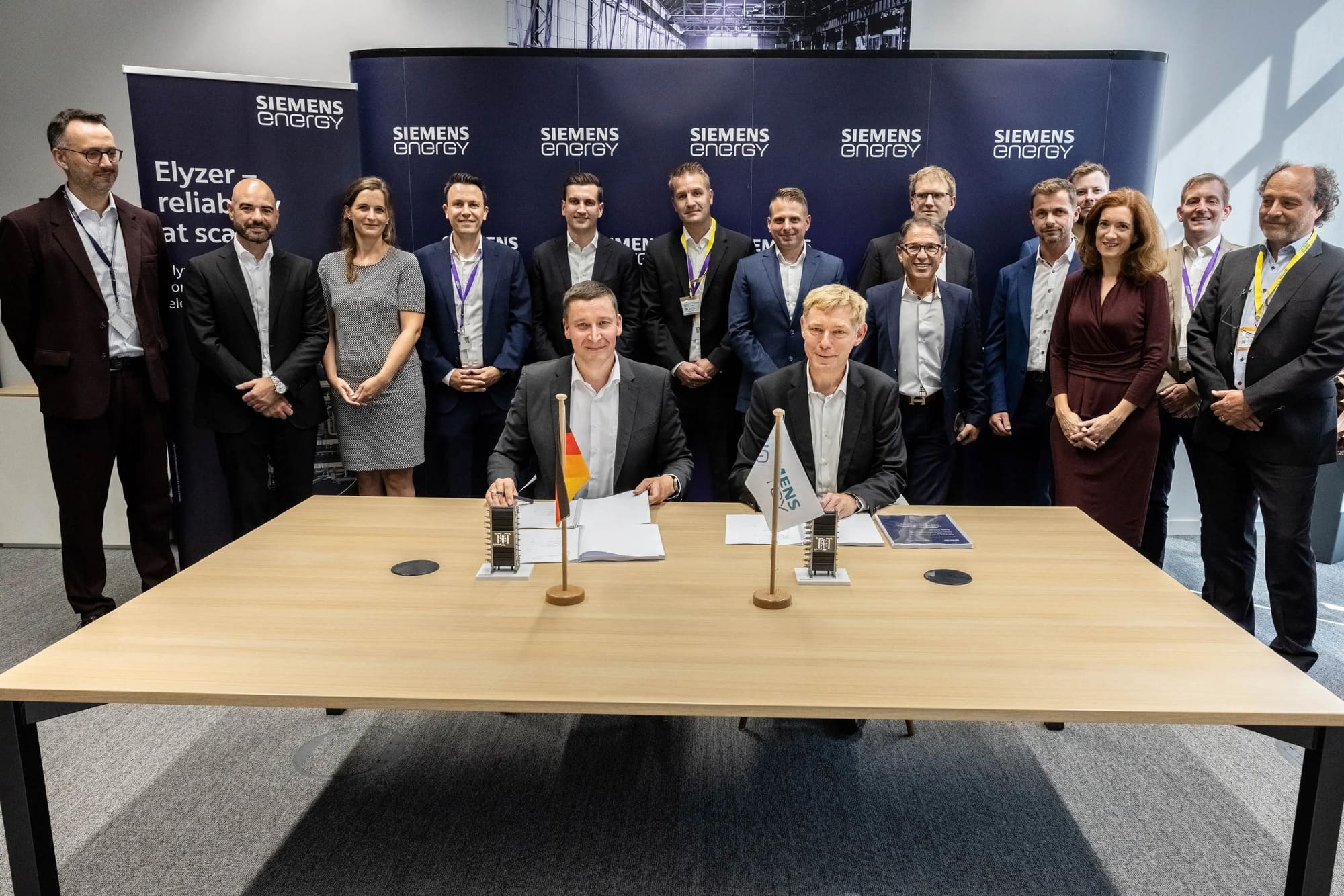 Siemens Energy has secured a deal with the Hamburg Green Hydrogen Hub (HGHH) project – a partnership between Luxcara and Hamburger Energiewerke – to supply and install six of its latest electrolyzer units for a 100 MW electrolysis system. Luxcara said that construction of the electrolyzer system will start next year, with commercial operations to begin in 2027. The HGHH is expected to produce about 10,000 tons of green hydrogen per year. Luxcara did not disclose the financial details of the contract.
Siemens Energy has secured a deal with the Hamburg Green Hydrogen Hub (HGHH) project – a partnership between Luxcara and Hamburger Energiewerke – to supply and install six of its latest electrolyzer units for a 100 MW electrolysis system. Luxcara said that construction of the electrolyzer system will start next year, with commercial operations to begin in 2027. The HGHH is expected to produce about 10,000 tons of green hydrogen per year. Luxcara did not disclose the financial details of the contract.BMW Group has agreed to partner with Toyota Motor Corp. to develop a powertrain system featuring third-generation fuel cells for passenger vehicles. The collaboration aims to create synergies for both commercial and passenger vehicle applications. BMW said the outcome will be used in models from both companies, expanding fuel cell electric vehicle (FCEV) options and advancing the vision of hydrogen mobility. BMW plans to introduce its first series production FCEV in 2028.
The International Renewable Energy Agency (IRENA) has said that the mismatch between hydrogen production potential and anticipated demand could reshape global energy trade and create opportunities for new players, including developing countries. It said in a new report that renewable-based hydrogen production via electricity is likely to face the least uncertainty in meeting future regulations in markets such as the European Union, Japan, and South Korea. The agency added that countries in the global south have adopted an export-oriented approach to tap into these markets. For this strategy to succeed, IRENA said that the projected growth of the global hydrogen market must materialize as expected. It also predicted that multiple hydrogen carriers will coexist in the future.
Enapter has secured an order from Opificio Idrogeno Marche (OIM) for four AEM multicore electrolyzers with a total capacity of 4 MW. The German electrolyzer producer said that the order is the largest single deal for it in Europe to date and will be used in the Marche region of eastern Italy. The green hydrogen generated by Enapter’s electrolyzers will mainly serve to refuel vehicles.
DH2 Energy has obtained Potential National Interest (PIN) status from the Portuguese Agency for Investment and Foreign Trade (AICEP) for its VVR Green renewable hydrogen production project. DH2 Energy said the plant will start with a 35 MW electrolysis capacity and 49 MWp of solar, producing 1,650 tons of renewable hydrogen per year in its initial phase. The company said it plans to expand the facility to 75 MW of electrolysis and 100 MW of PV in the second phase.
